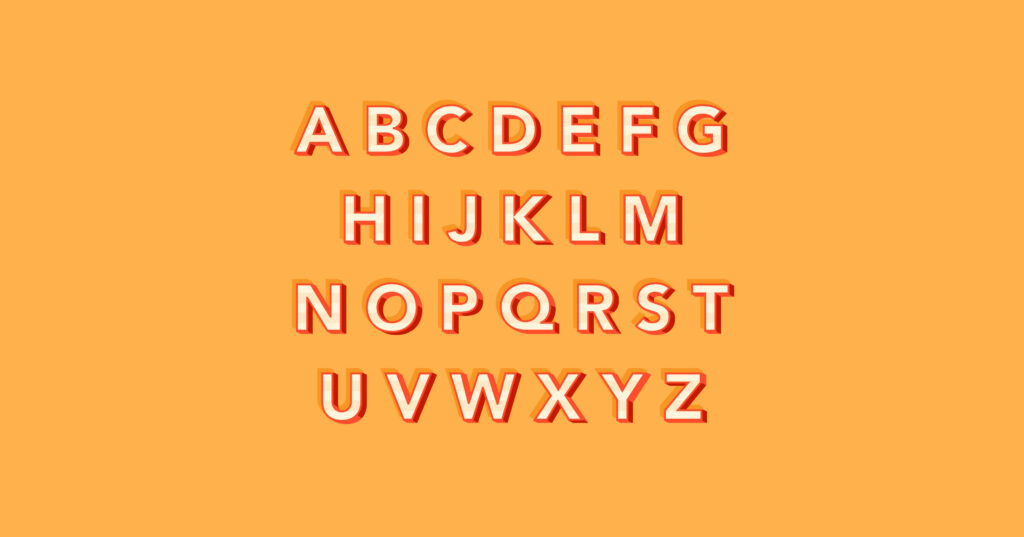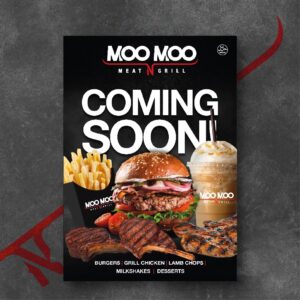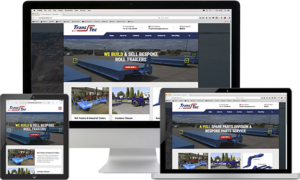

Typography, the art of arranging and designing type, is an essential aspect of graphic design. It is the process of choosing and arranging typefaces, point sizes, line lengths, line-spacing, and letter-spacing to create a visual hierarchy and enhance the readability and legibility of written language. Typography plays a vital role in the effectiveness of any design, as it can influence the way people perceive and understand the message being conveyed.
One of the most significant aspects of typography is legibility. The ability of a typeface to be easily read and distinguishable is essential for communication. The typeface should be selected based on the purpose of the design and the message it conveys. For example, sans-serif typefaces are commonly used for digital screens as they are more legible at smaller sizes. On the other hand, serif typefaces are often used for print designs, as they are more readable at larger sizes.
Another important aspect of typography is hierarchy. This refers to the organization of the text based on its importance or relevance to the message being conveyed. The hierarchy can be established through variations in font size, color, weight, and style. A well-designed hierarchy can guide the viewer’s eye to the most critical information in the design, helping to convey the message effectively.
When creating a design, it’s essential to consider the overall layout and the relationship between the text and the other design elements. Negative space, also known as white space, plays a crucial role in typography, as it provides a balance between the text and the other design elements. It can help to emphasize important information and create a clean and uncluttered design.
Mastering typography is a crucial aspect of graphic design, as it plays a significant role in shaping the visual hierarchy and overall aesthetic of a design. Here are some tips for mastering typography:
Understand typography basics: Before you can master typography, it’s essential to have a strong foundation in typography basics such as typeface, font size, line spacing, and kerning.
• Choose the right typeface: There are countless typefaces available, each with its unique characteristics. Choose the right typeface that matches the tone and purpose of the design.
• Create hierarchy: Establish a clear hierarchy by using different font sizes, weights, and styles to guide the viewer’s eye through the design.
• Use contrast: Contrast can be achieved through various elements such as font size, weight, color, and style. Use contrast to create emphasis and make certain elements stand out.
• Be consistent: Consistency is key when it comes to typography. Use consistent font sizes, weights, and styles to ensure the design is cohesive and easy to read.
• Pay attention to spacing: The spacing between letters, words, and lines can significantly impact the readability and overall aesthetic of a design.
• Consider the context: Consider the context in which the design will be viewed and adjust the typography accordingly. For example, font sizes may need to be increased for small screens.
• Experiment: Don’t be afraid to experiment with typography and try new things. Push the boundaries and explore different styles to create unique and visually engaging designs.
By following these tips, you can master typography and create visually stunning designs that effectively communicate your message.
In conclusion, typography is an essential aspect of graphic design, and it can significantly impact the effectiveness of any design. A well-designed typography can enhance the readability, legibility, and hierarchy of the text, which helps to convey the message effectively. When designing any piece of communication, typography should be given the attention and care it deserves to ensure that the message is delivered accurately and effectively.






I’m a Graphic Designer with a passion for creating unique and visually stunning designs. I have a keen eye for detail and a deep understanding of colour, typography, and composition. With years of experience in the industry, I have worked with a variety of clients across different sectors, including fashion, tech, and hospitality.

I’m a graphic designer with a passion for creating unique and visually stunning designs.
info@mintgrafix.com
(+44) 07355 662 129
mintgrafix © 2023 (All rights reserved)